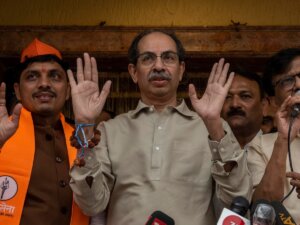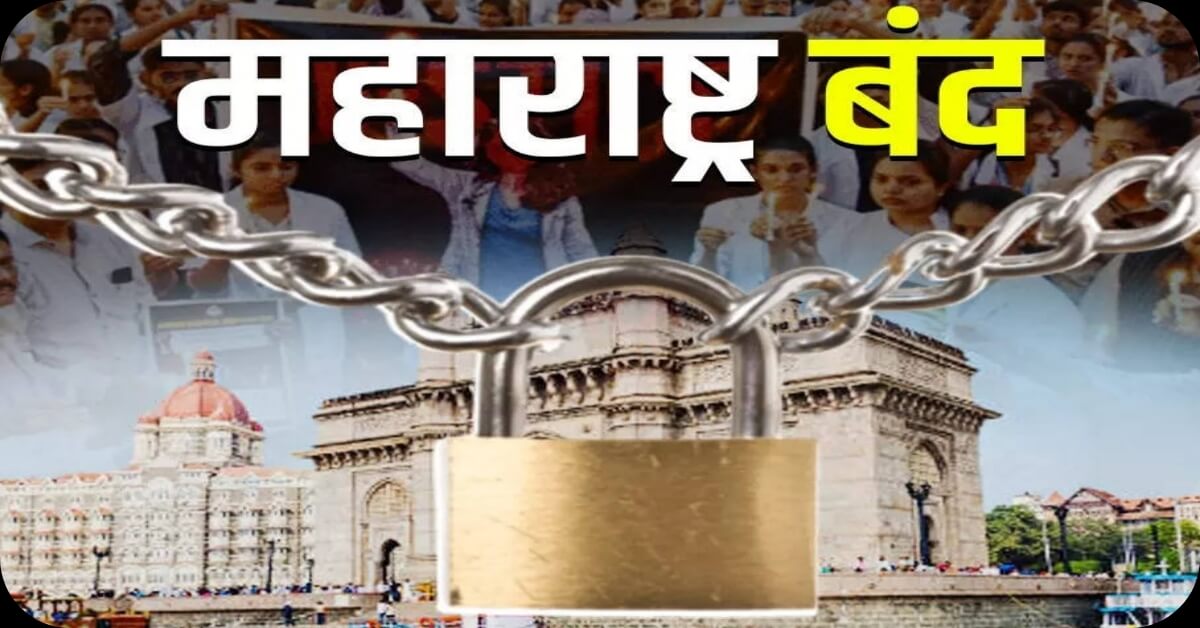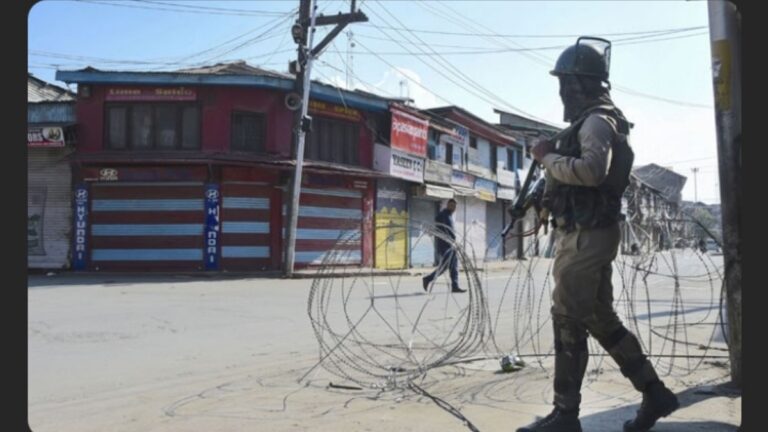The Impact on Daily Life
As the bandh took effect, life in Maharashtra came to a standstill. Public transportation, including buses and trains, was significantly disrupted, leaving millions stranded or forced to find alternative means of travel. Schools, colleges, and businesses remained closed, leading to a significant economic impact on both daily wage earners and larger enterprises.
In urban areas like Mumbai and Pune, the usually bustling streets were eerily quiet, with shops and markets shuttered in solidarity with the protest. The financial capital of India, Mumbai, saw a dramatic decrease in its daily economic activity, affecting not just the state but also the national economy. In rural areas, the bandh was even more pronounced, with farmers and laborers halting their work to join the protest.
Healthcare services were also affected, with many hospitals operating with minimal staff. Emergency services were available, but the disruption caused by the bandh meant that many patients faced delays in receiving medical care. This added to the distress of those already struggling with the pandemic’s ongoing challenges.
The Response of the State Government
The state government’s response to the bandh was a mix of assurance and caution. On one hand, officials acknowledged the grievances raised by the protestors and promised to address them through dialogue and policy changes. On the other hand, the government warned against any violence or disruption that could harm public safety or property.
Despite these assurances, the bandh highlighted the growing dissatisfaction among Maharashtra’s citizens, particularly in rural and economically disadvantaged areas. Many feel that the government’s promises have not been matched by action, leading to a sense of frustration and hopelessness.
The Road Ahead
The Maharashtra Bandh has raised important questions about the effectiveness of such protests in bringing about real change. While the bandh successfully drew attention to pressing issues, the long-term impact remains uncertain. Will the state government take meaningful steps to address the concerns raised, or will the protest be remembered as just another day of disruption?
For the millions of people affected by the bandh, the hope is that their voices will be heard, and that the state will see a renewed focus on policies that promote fairness, justice, and economic stability. The Maharashtra Bandh serves as a reminder that in a democracy, the power of collective action can bring an entire state to a halt—but it also underscores the need for constructive dialogue and solutions that go beyond the streets and into the halls of governance.
Conclusion
The Maharashtra Bandh was a powerful demonstration of public sentiment, affecting millions across the state. While the immediate disruptions were significant, the true measure of the bandh’s success will be seen in the government’s response to the issues raised. In the end, the bandh may prove to be a catalyst for change, pushing the state toward a more equitable and just future.




















